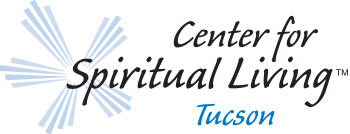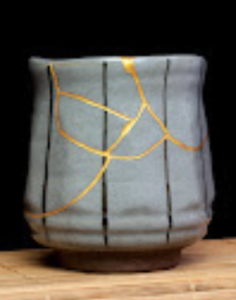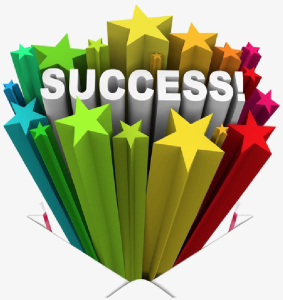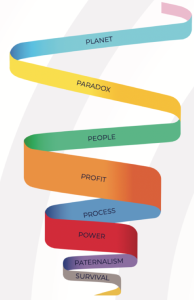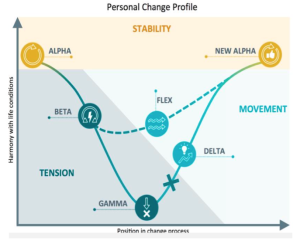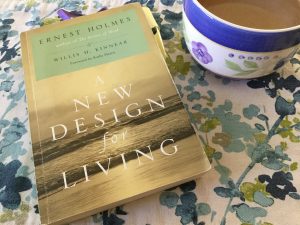GOT PROMISES
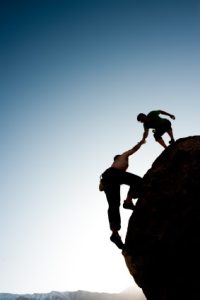 CSLT is a “Spiritual Alternative…offering spiritual solutions to everyday challenges.” We offer principles and practices that aid in spiritual exploration and discovery. Some of our practices include meditation, classes, study groups and affirmative prayer practiced by our community eager to learn and to live a life more abundant in all ways.
CSLT is a “Spiritual Alternative…offering spiritual solutions to everyday challenges.” We offer principles and practices that aid in spiritual exploration and discovery. Some of our practices include meditation, classes, study groups and affirmative prayer practiced by our community eager to learn and to live a life more abundant in all ways.
There is a Power in the Universe greater than we are, and we can use it. Ernest Holmes
Along with CSLT, many of us are also involved in a variety of 12 step programs. For those of you who are not familiar with 12 step programs, they are international mutual aid anonymous programs, supporting recovery from substance addictions, behavioral addictions and compulsions. Participants in the 12 step programs study/work the steps and traditions, principles and promises of the program. Speaking from personal experience, working a 12 step program is like taking a stairway to heaven. I was simply delighted when one of our recent guest speakers shared the promises of the program in her talk, as these promises are also in alignment with our teachings at CSLT!
- We are going to know a new freedom and a new happiness.
- We will not regret the past nor wish to shut the door on it.
- We will comprehend the word serenity.
- We will know peace.
- No matter how far down the scale we have gone, we will see how our experiences can benefit others.
- The feeling of uselessness and self-pity will disappear.
- We will lose interest in selfish things and gain interest in our fellows.
- Self-seeking will slip away.
- Our whole attitude and outlook upon life will change.
- Fear of people and of economic insecurity will leave us.
- We will intuitively know how to handle situations which used to baffle us.
- We will suddenly realize that God is doing for us what we could not do for ourselves.
In closing I’d like to share the OA Promise prayer as this too is in alignment with CSLT and one of my most favorite prayers.
I put my hand in yours, and together we can do what we could never do alone.
No longer is there a sense of hopelessness, no longer must we each depend upon our own unsteady willpower.
We are all together now, reaching out our hands for power and strength greater than ours, and as we join hands, we find love and understanding beyond our wildest dreams.
–Madeline
